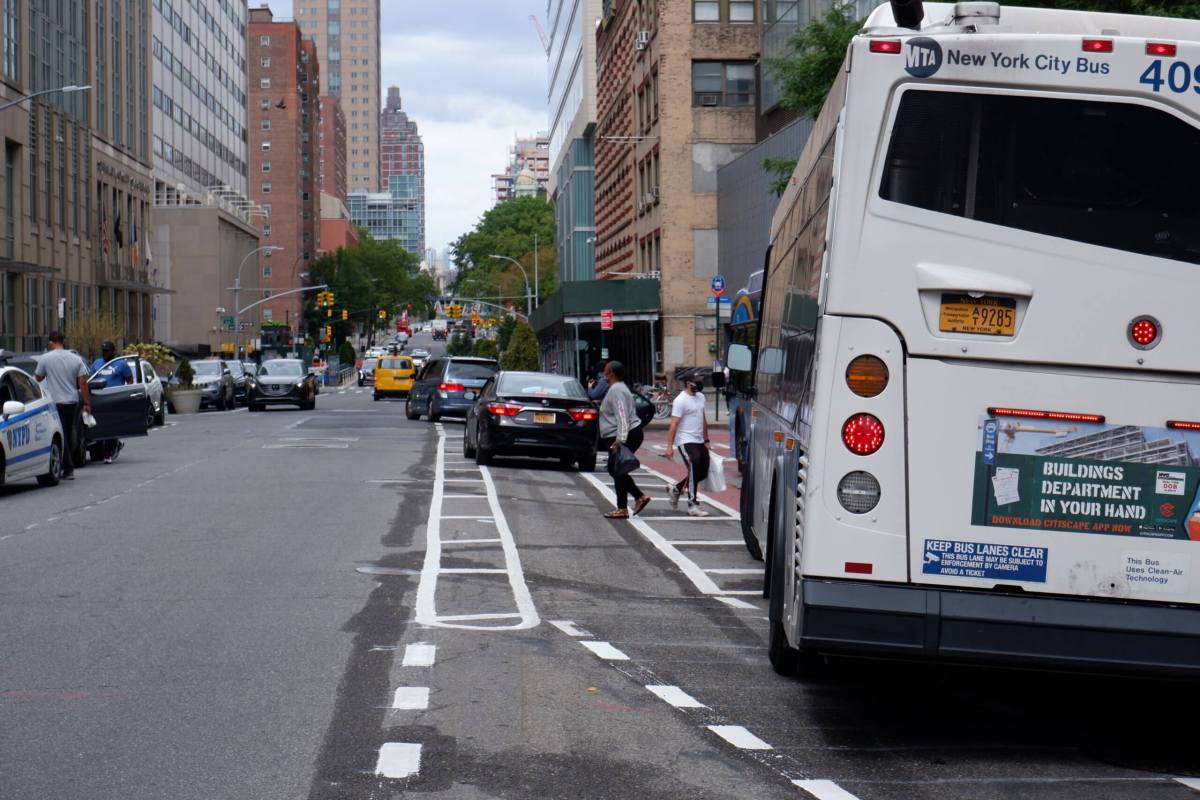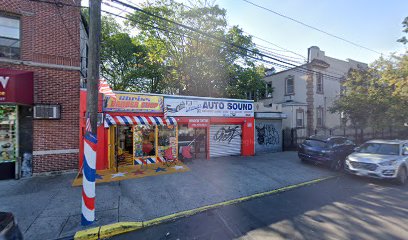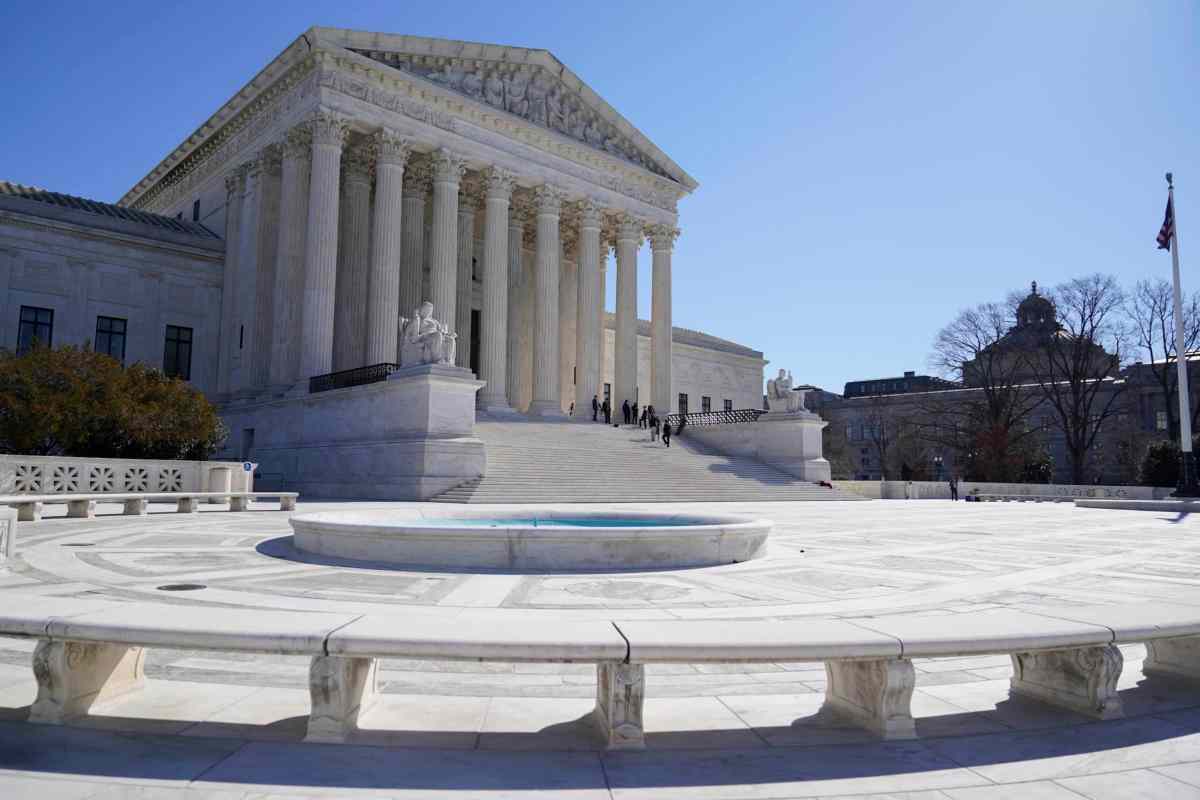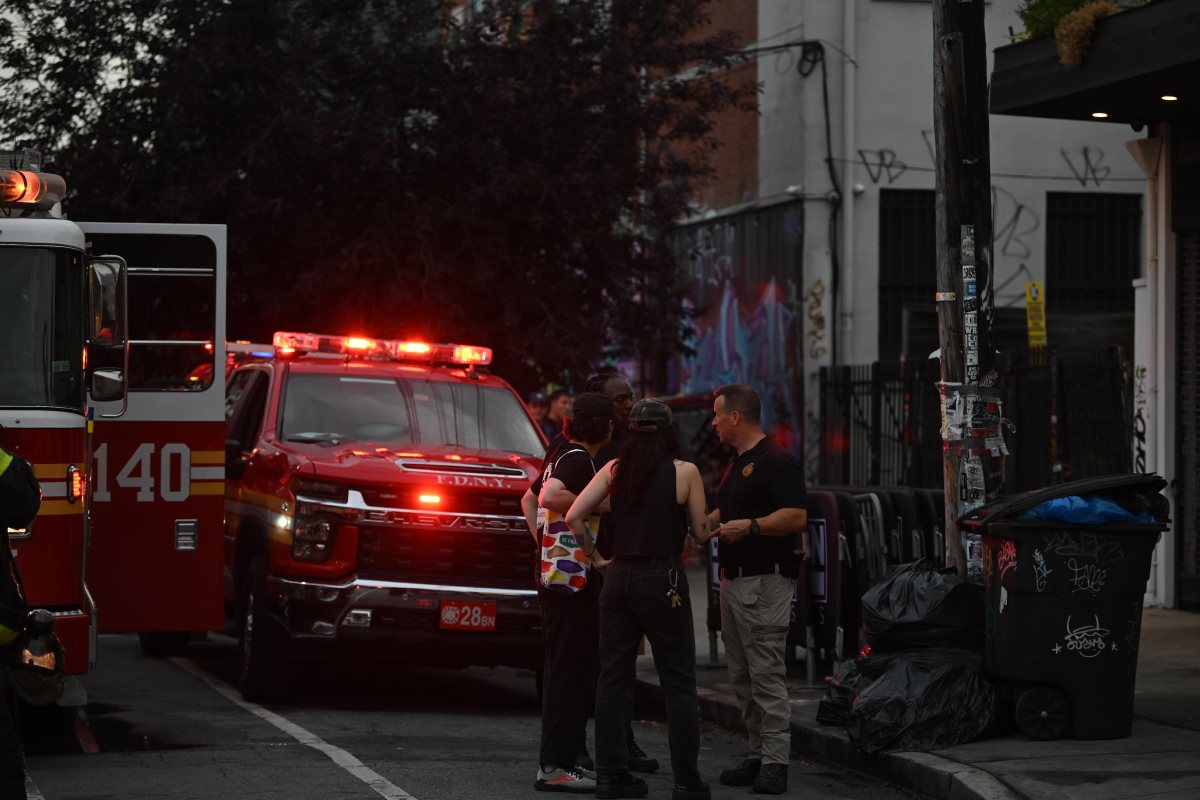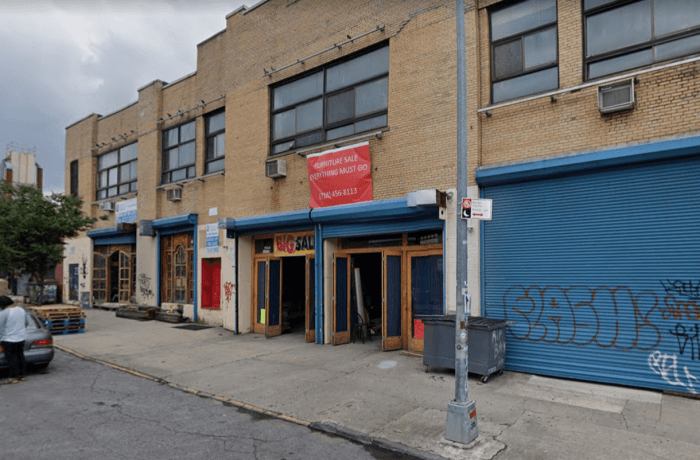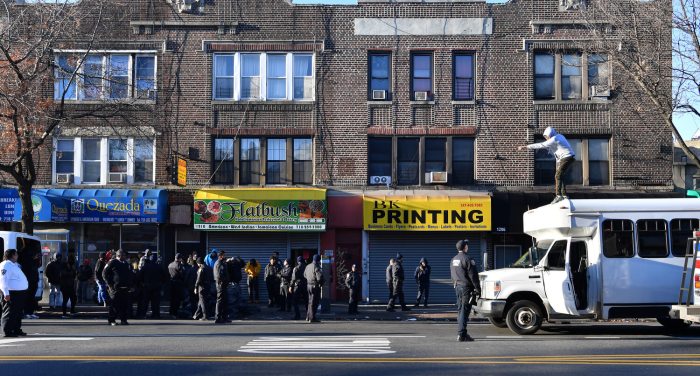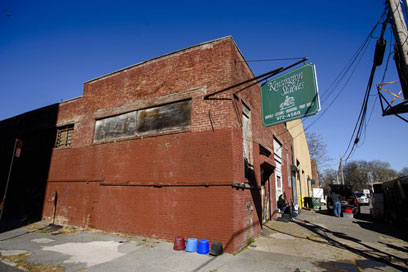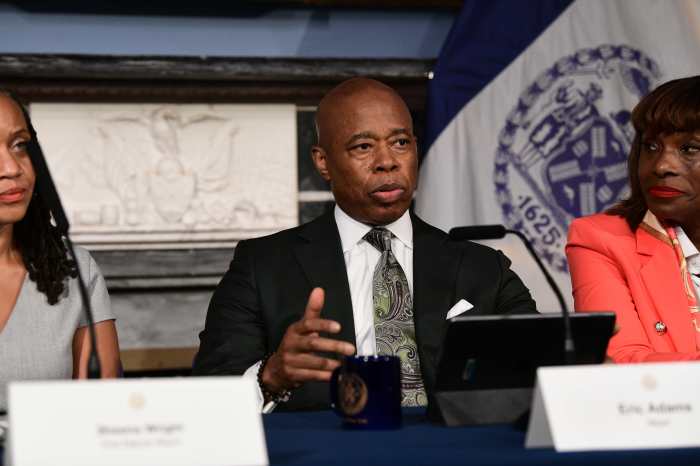Cameras have caught an average of almost 28 scofflaw motorists a day for illegally driving on the Jay Street busway, according to data the city provided to Brooklyn Paper.
Department of Transportation enforcement cameras have clocked 1,836 violations on the red-painted lanes during first two months of automated fining, and bus speeds remained above pre-pandemic levels, showing that the limit on car traffic is a boon for straphangers, according to a public transit advocate.
“The busway is working well, it’s delivering better service for riders and it’s consistent with what we’ve seen with other busways throughout the city,” said Danny Pearlstein, a spokesperson for the group Riders Alliance.
Penalties for rule-breaking motorists start at $50 per offense, and increase by $50 increments per violation, up to a maximum of $200 for each violation during a 12-month period.
DOT installed two sets of cameras at each entrance to the busway. Jay Street cameras have operated since December, but the city didn’t start using them to fine delinquent drivers until March 8.
The 0.4-mile stretch between Livingston and Tillary streets is closed off to car through-traffic between 7 am and 7 pm on weekdays, with local access still allowed on three cross streets.
One north-oriented camera lives at Smith Street between Livingston Street and Fulton Mall, and the other south-pointing cam is stationed on Jay Street between Tillary and Johnson streets.
As of May 12, more than two thirds of the busway’s tickets, about 1,219, came from drivers heading south deeper into Brooklyn, while 617 came from cars driving north toward Dumbo, according to DOT’s figures.
Pearlstein argued that drivers will get used to following the law as busways become more common across the Five Boroughs.
“The busways are not designed to raise revenue, they’re designed to speed up trips,” he said. “As busways are rolled out more widely, drivers will become more used to the rules.”
Mayor Bill de Blasio announced Tuesday the city would install two more busways in Queens and one in Manhattan this year.
While drivers may be annoyed by the new rules, straphangers are surely pleased.
Bus speeds are up considerably in both directions, with a 47–79 percent increase in traveling pace for buses heading south compared to 2019, and a 31–53 percent boost for buses going north, according to a May 4 presentation from DOT.
Jay Street is home to seven bus lines which served 46,000 daily riders pre-pandemic.
The May 4 update shows that traffic has dropped between 14 and 37 percent from August to April, while overall volumes of cars, buses, and trucks varies between a 1 percent rise and a 14 percent drop, depending on the time of day, according to the presentation.
Traffic started increasing again in the business district from September to April, although that coincided with the government lifting COVID-19 restrictions.
DOT’s presentation did not include data after May 3, when some 80,000 municipal workers started flocking back to their offices, many of which are headquartered in Downtown Brooklyn.
The longtime local issues of double parking and placard abuse are still rampant throughout the corridor, according to DOT, however that “rarely impacts bus speeds,” the agency wrote in the presentation.
Pearlstein, of Riders Alliance, said that even if buses can snake around cars illegally blocking the road due to less vehicles in the busway overall, the restrictions should not become an incentive for more parking abuse.
“We don’t do a busway to accommodate illegal parking,” he said. “Even if it doesn’t slow buses down there’s a lot of other negative consequences, [for example] it encourages more driving.”
In response to a follow-up request for DOT to clarify the agency’s parking statement, spokeswoman Lolita Avila said:
“In regards to the persistent double parking, traffic volume along this corridor is low enough that buses can still maneuver around the double-parked cars. We will continue to monitor traffic along Jay Street.”


